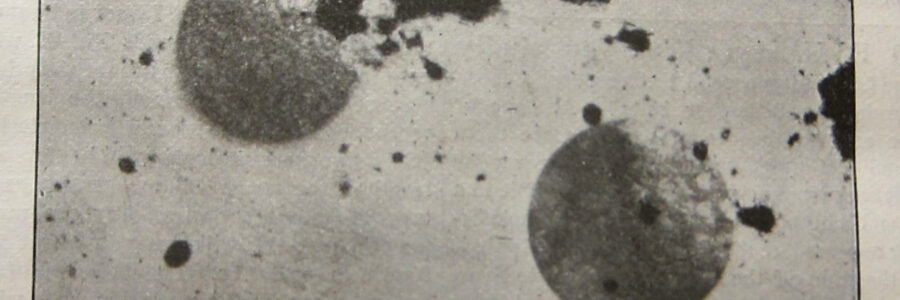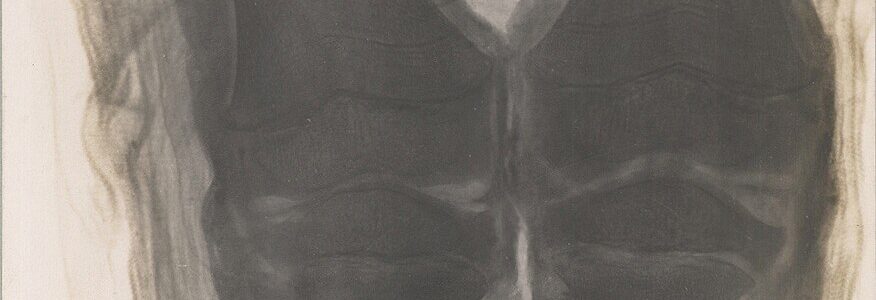Goodspeed
On February 22, 1890, Dr Arthur Goodspeed and William Jennings made the first x-ray photograph, in the physical lecture room of the University of Pennsylvania. On that evening, Goodspeed and Jennings had been making brush electrographs of coins and brass weights. After they finished their experiments, Jennings stacked all of the photographic plates; two coins–either left from the experiments or Jennings’ trolley fare–were placed on top of the plates. Goodspeed then demonstrated to Jennings the university’s collection of Crookes tubes, with the idea of photographing the glow from the tube. While the two men were talking, however, the Crookes tube was emitting x radiation that affected the nearby plates. After the plates were developed, Jennings noted that one had the shawdow(s) of a disk(s) on it; neither man could explain the image. On hearing of Roentgen’s work in 1896, Goodspeed and Jennigns retrieved the original plate and reproduced their « accident. » The glass plate was subsequently lost among library archives.


